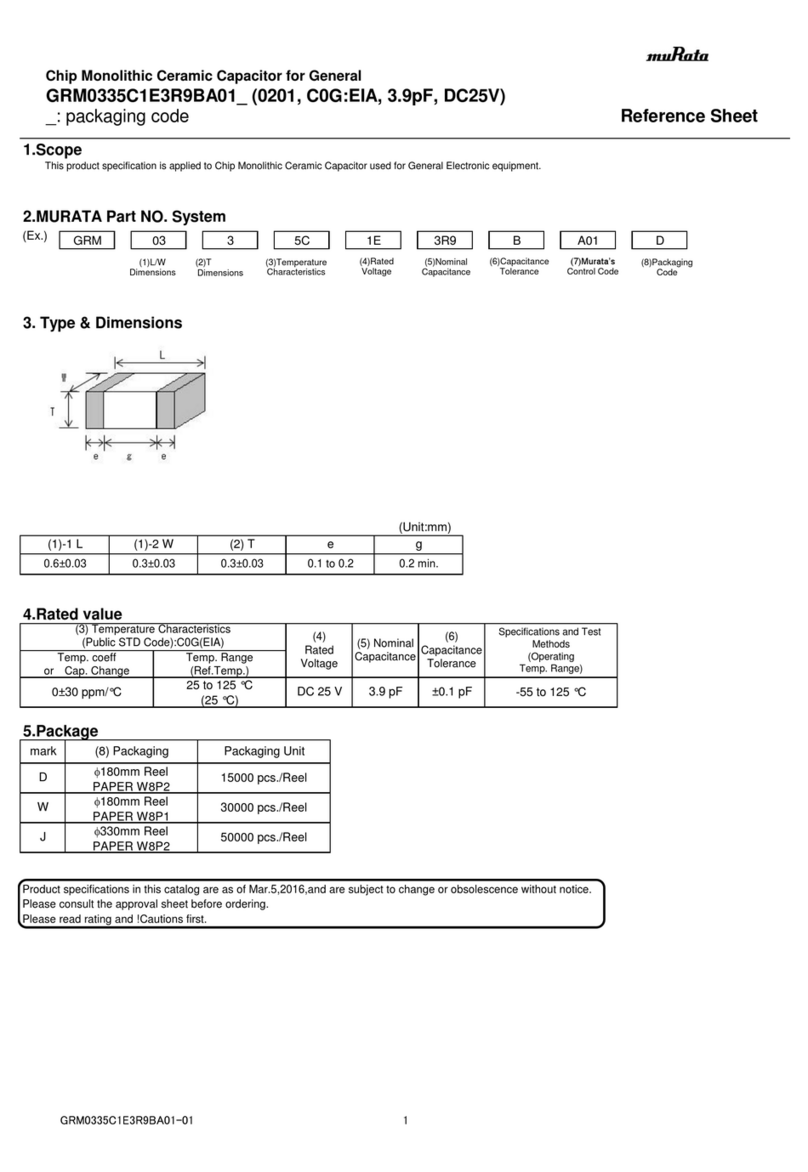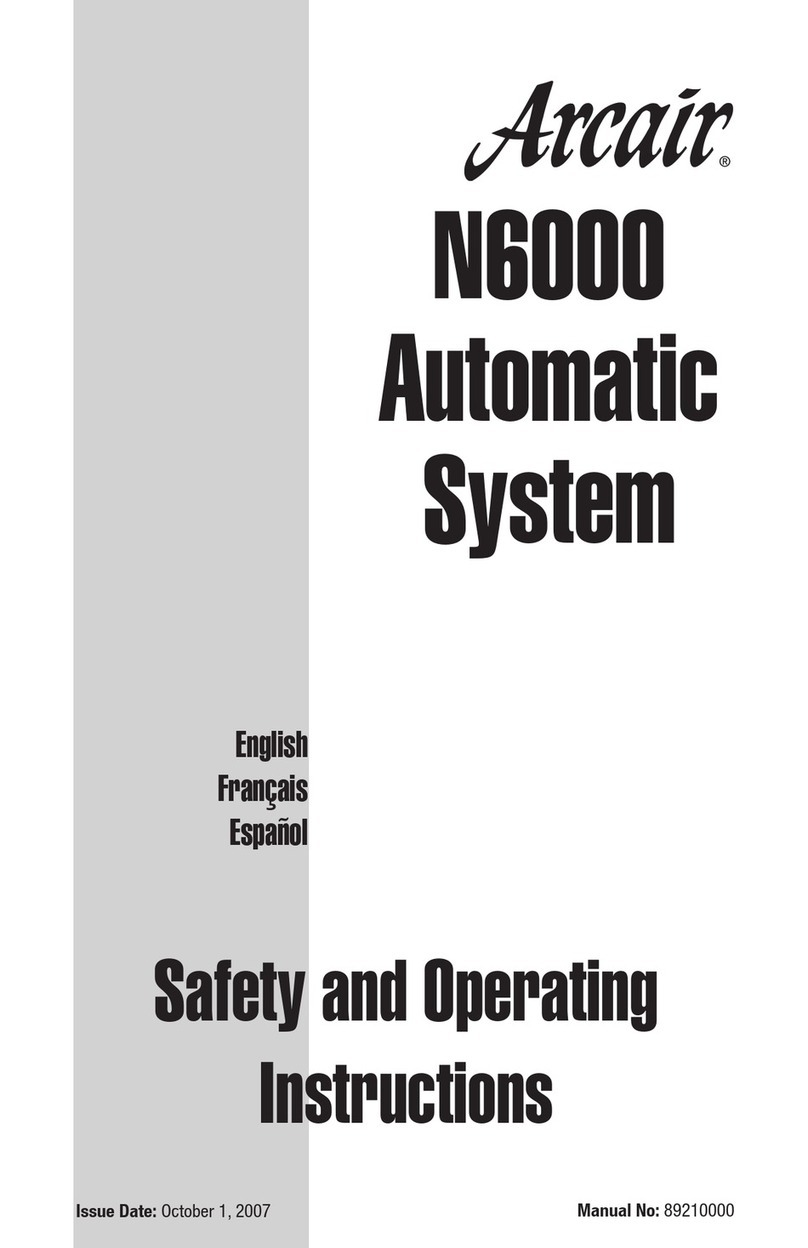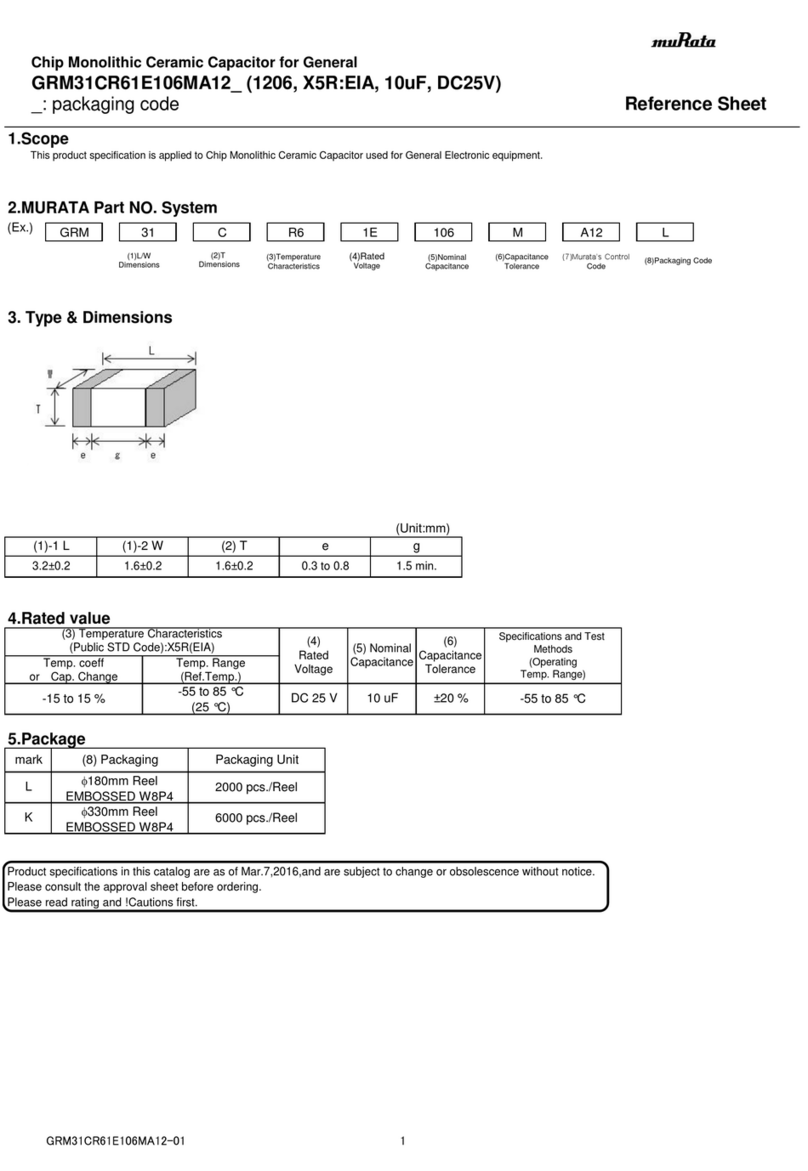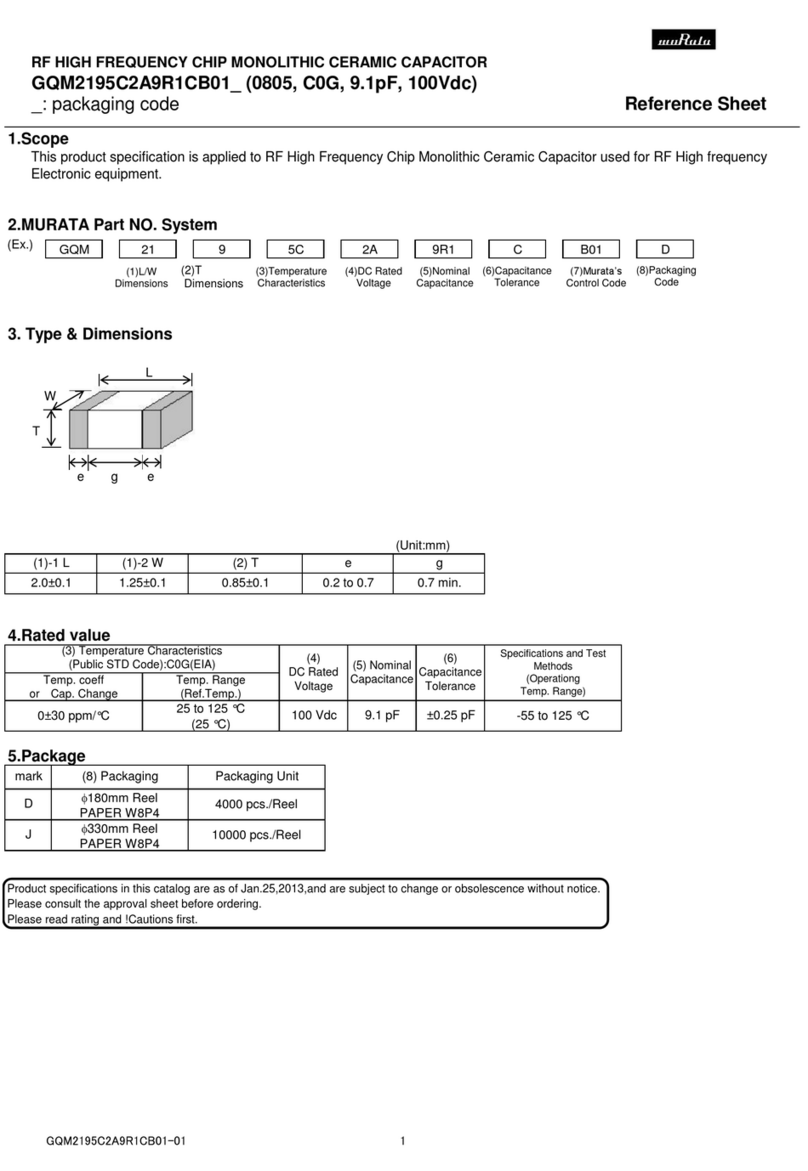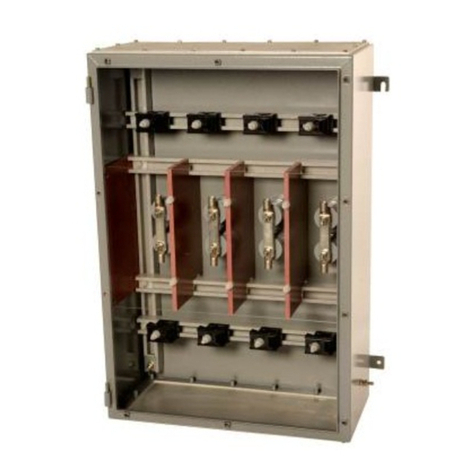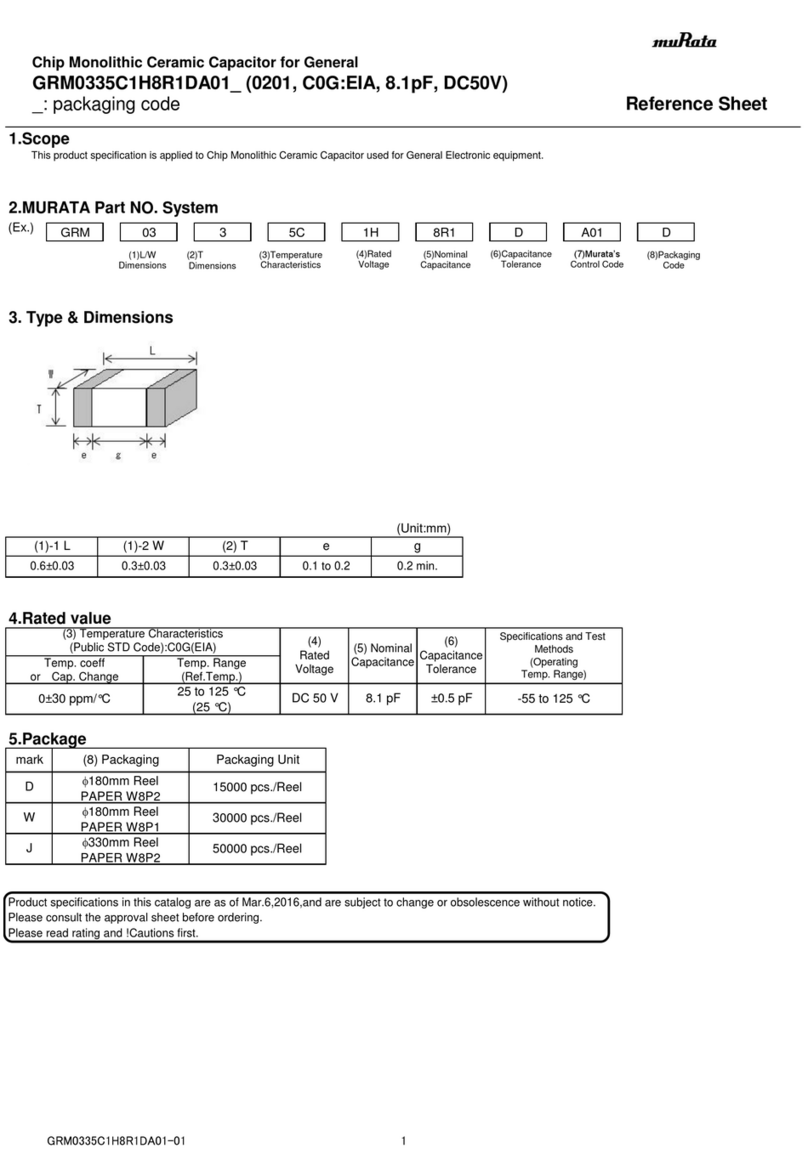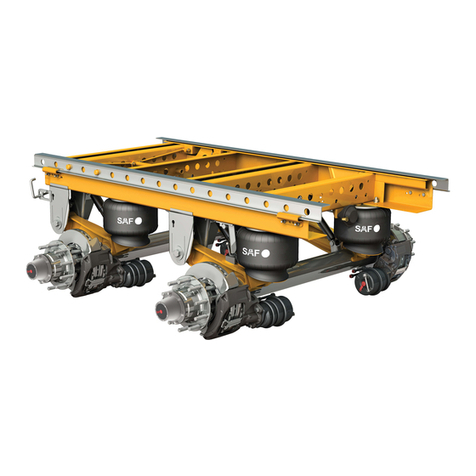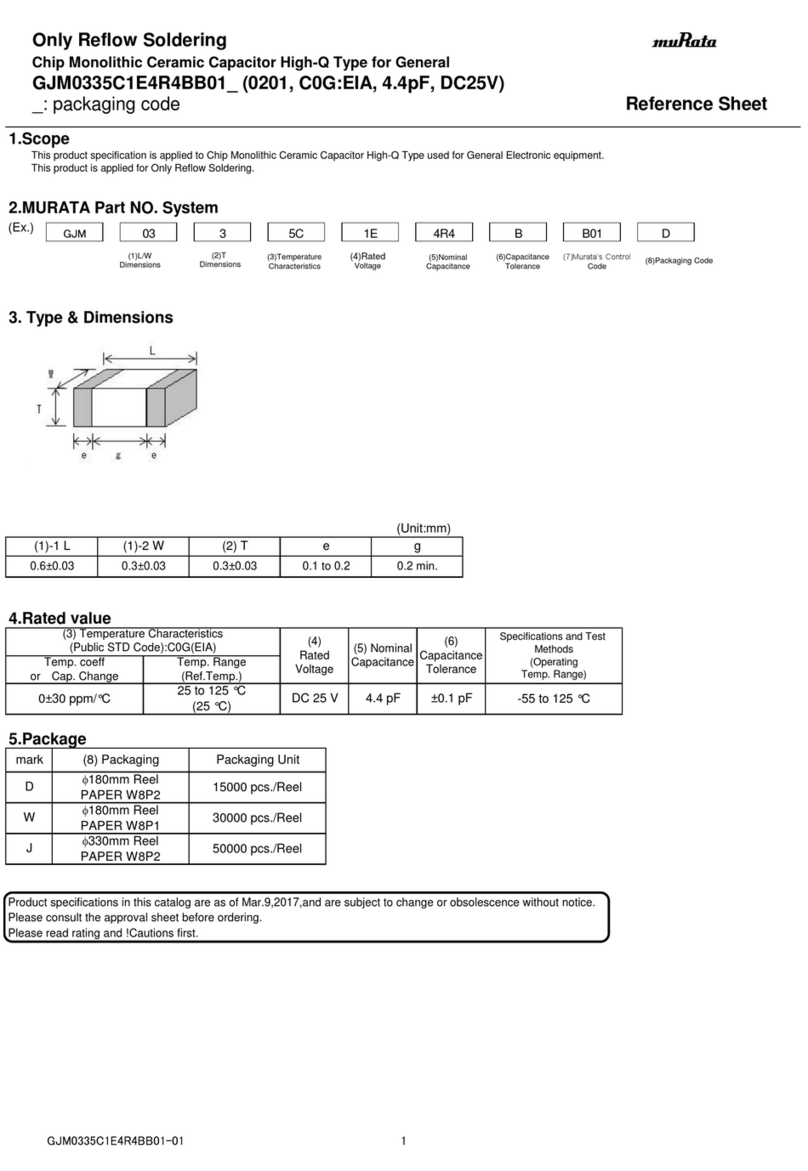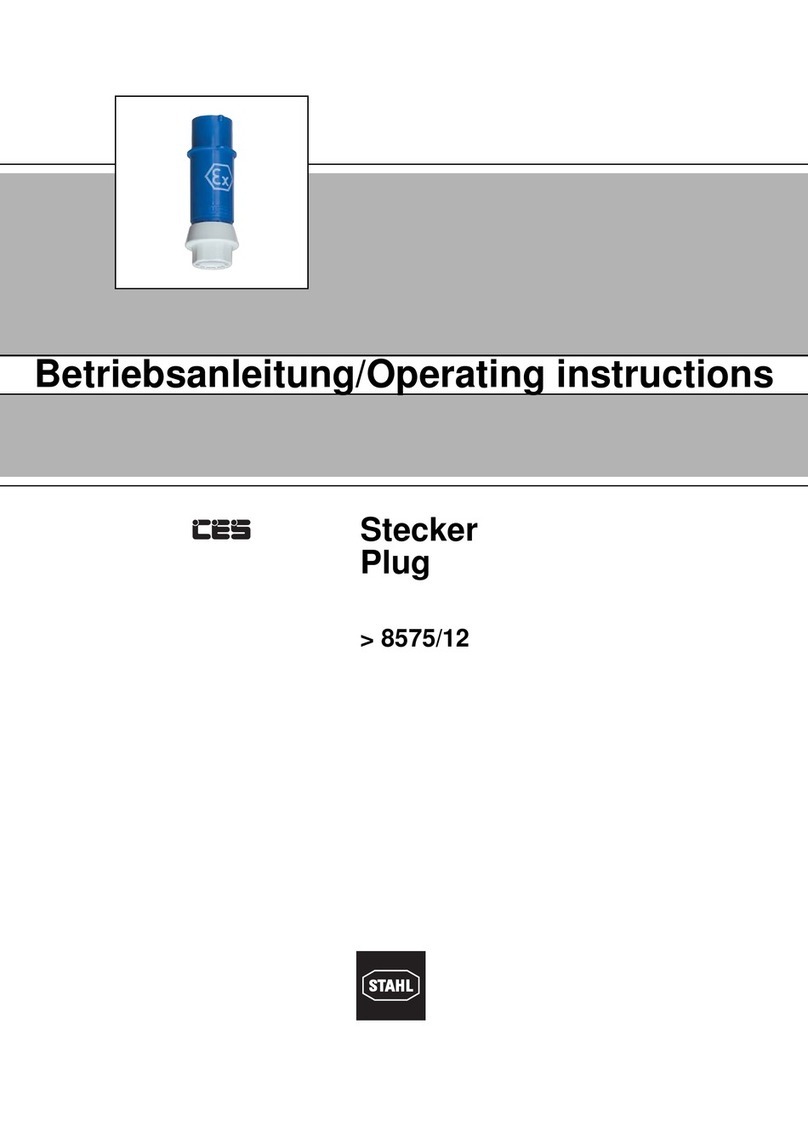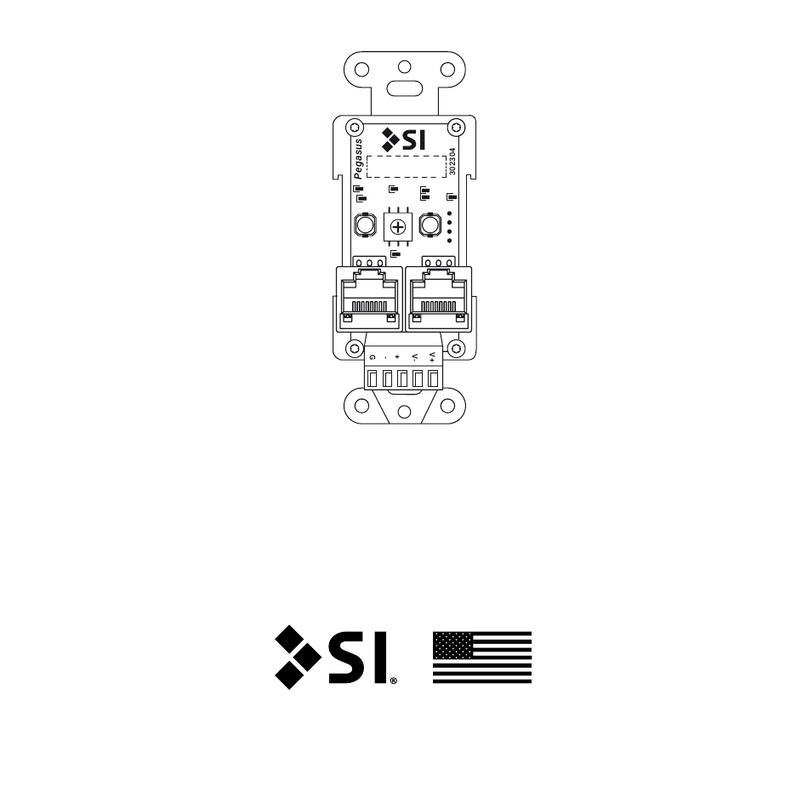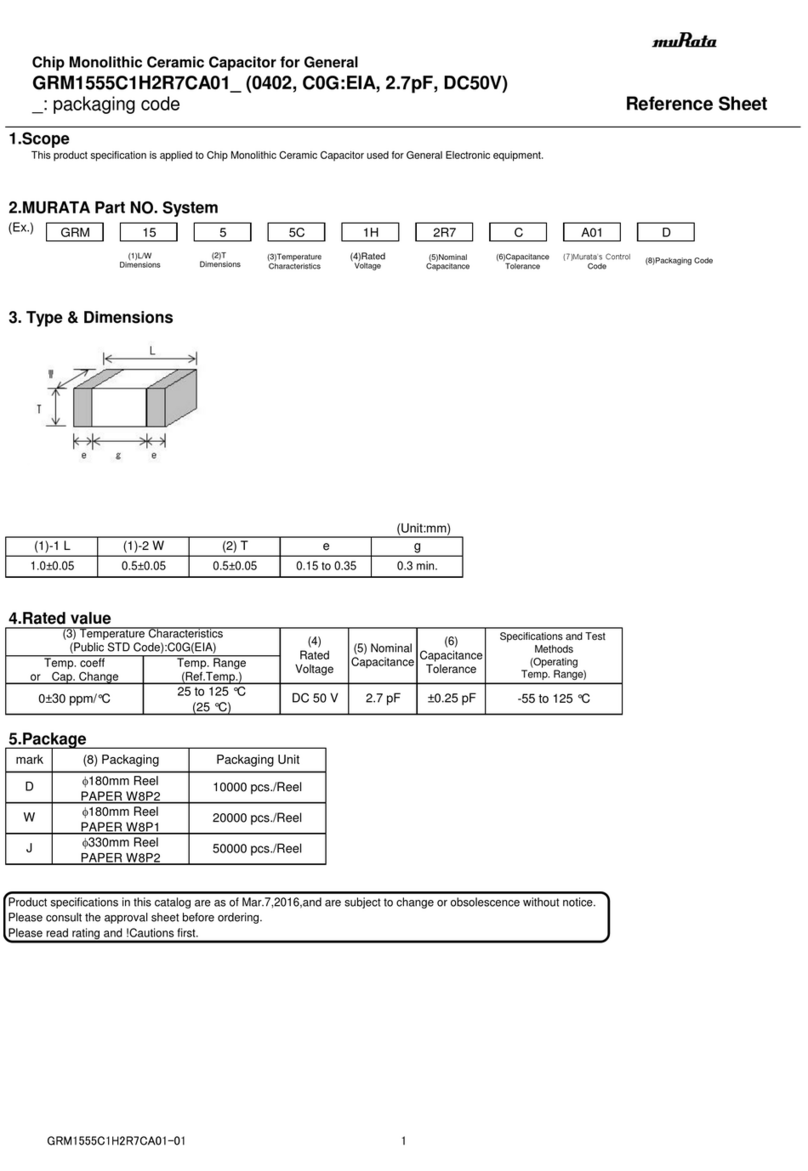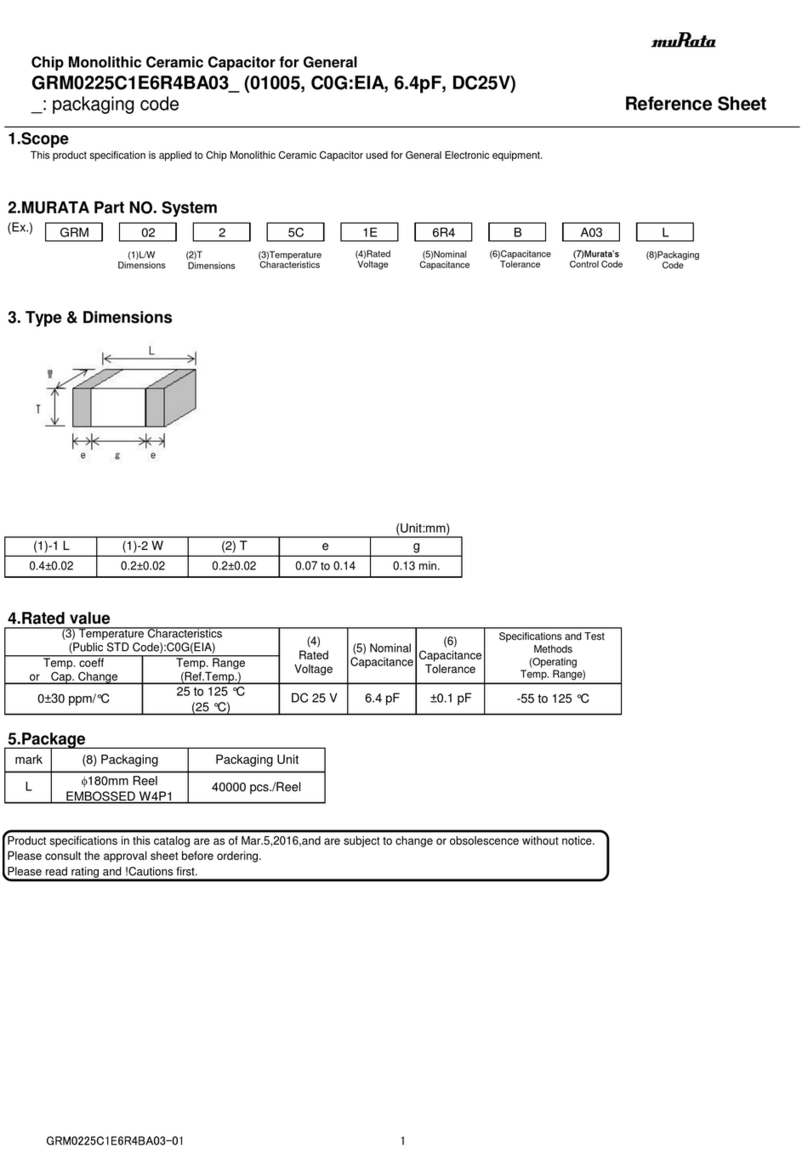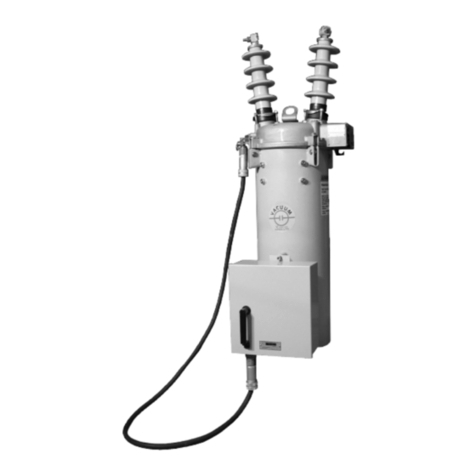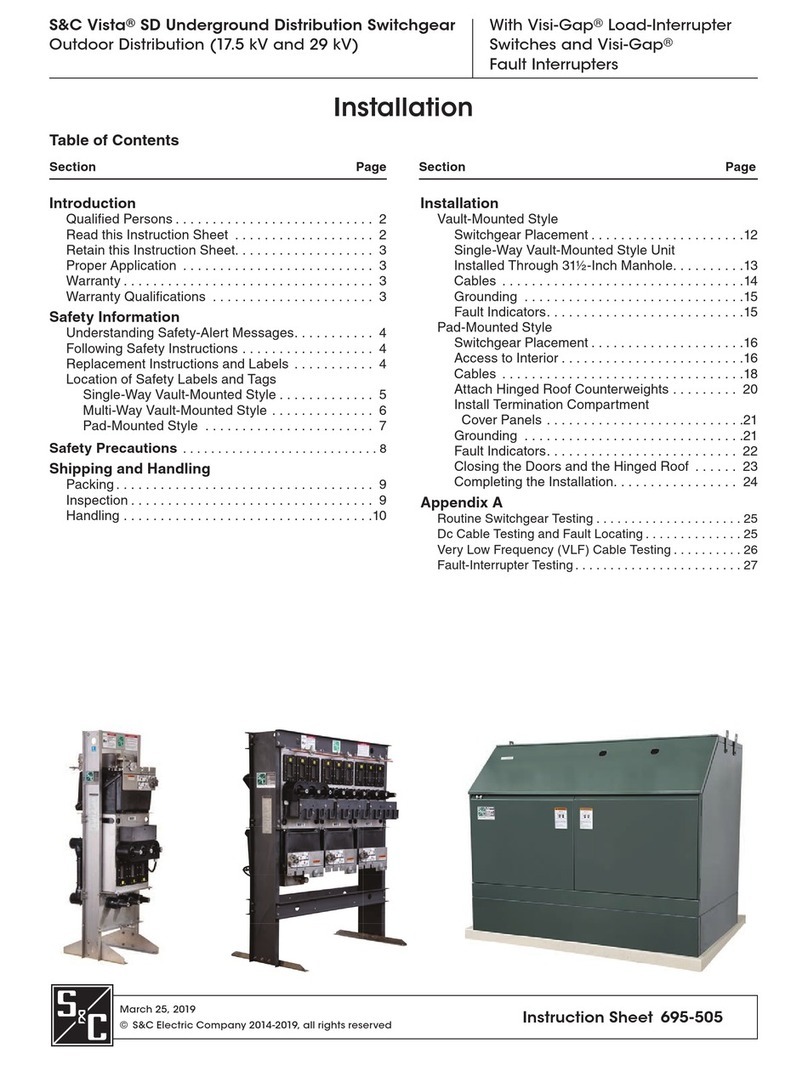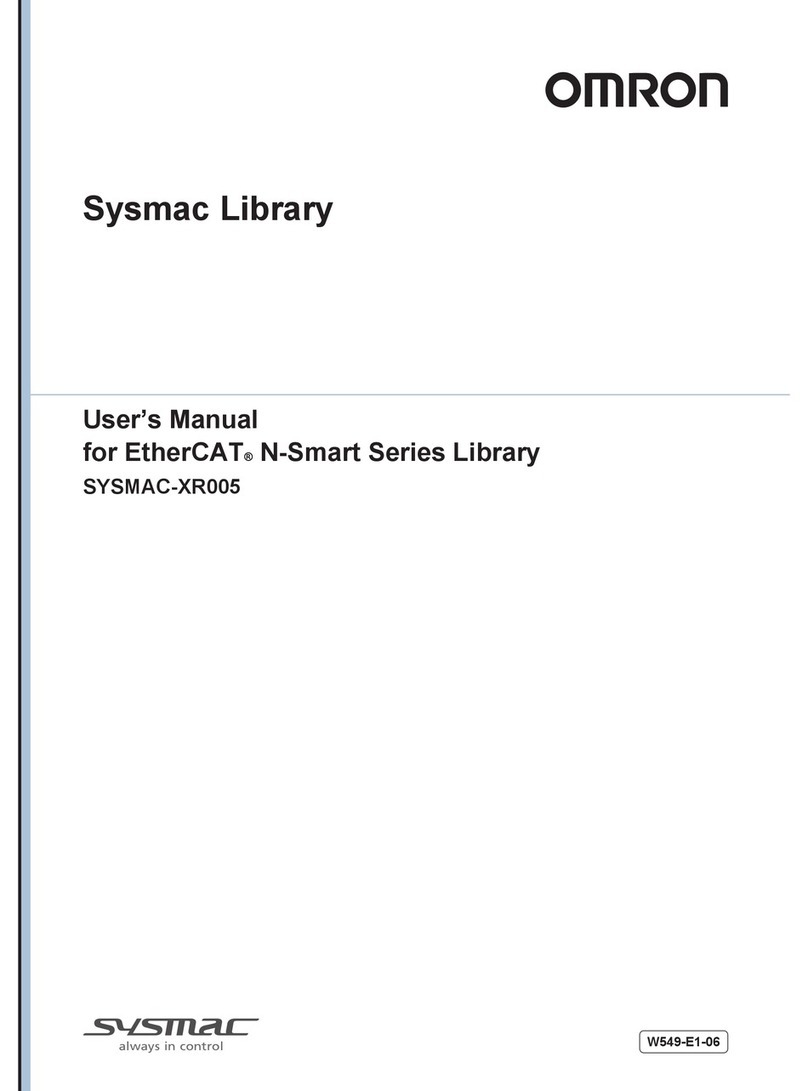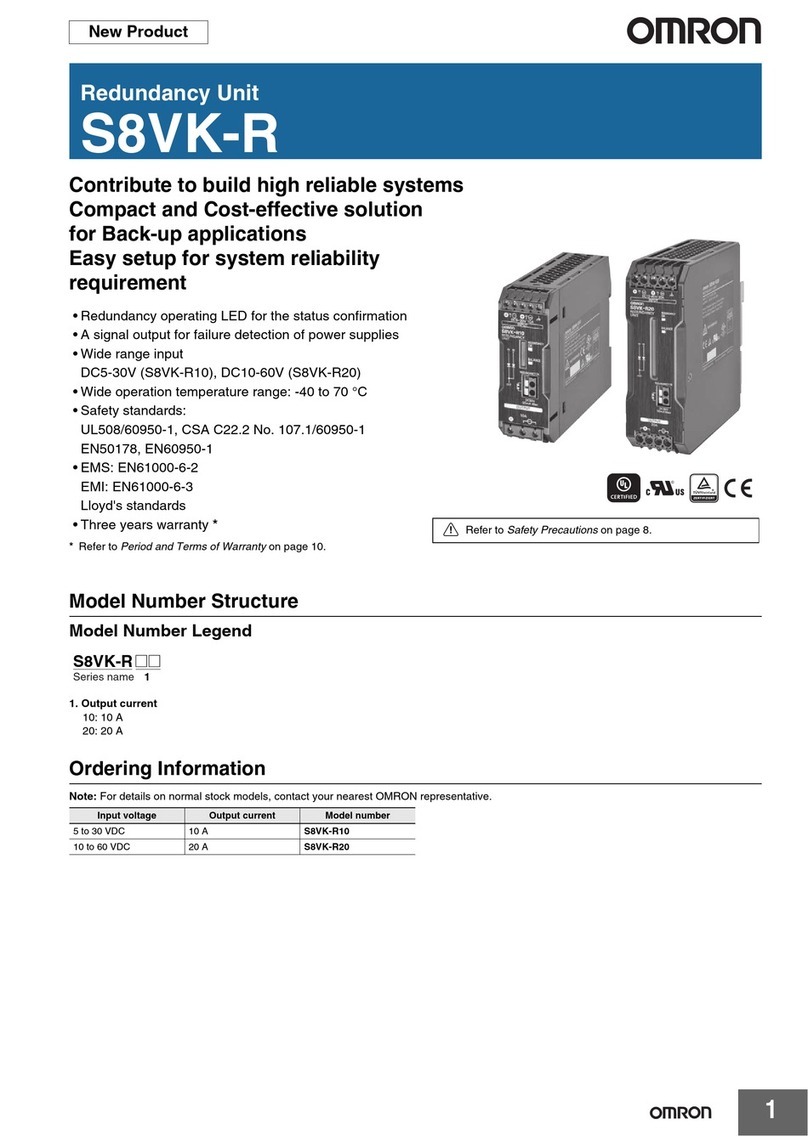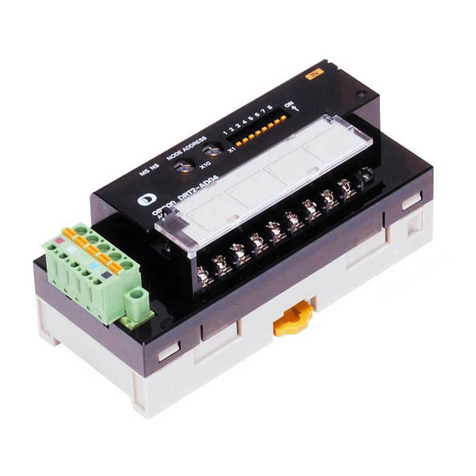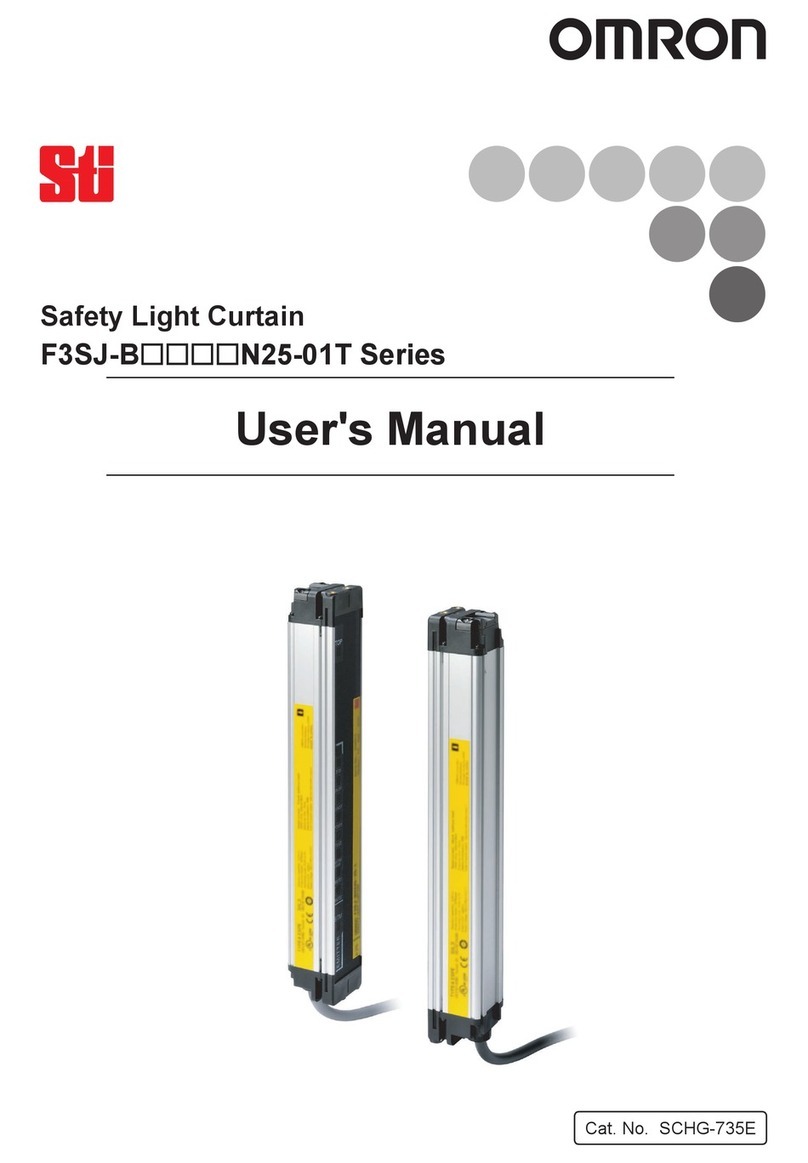
8
4.5 Connection and Wiring of
the DeviceNet Communications Connector - - - - - - - - - - - 4-14
4.5.1 Connector Specifications - - - - - - - - - - - - - - - - - - - - - - - - - - - - - - - 4-14
4.5.2 DeviceNet Communications Connection Example- - - - - - - - - - - - - - 4-16
4.5.3 DeviceNet Network Configuration Restrictions - - - - - - - - - - - - - - - - 4-18
5 Parameter Settings
5.1 Parameters - - - - - - - - - - - - - - - - - - - - - - - - - - - - - - - - - - - 5-2
5.1.1 Outline of Parameters - - - - - - - - - - - - - - - - - - - - - - - - - - - - - - - - - - 5-2
5.1.2 Parameter Types - - - - - - - - - - - - - - - - - - - - - - - - - - - - - - - - - - - - - - 5-2
5.1.3 Editing Parameters - - - - - - - - - - - - - - - - - - - - - - - - - - - - - - - - - - - - 5-3
5.1.4 Effective Timing - - - - - - - - - - - - - - - - - - - - - - - - - - - - - - - - - - - - - - - 5-3
5.2 Parameter Tables - - - - - - - - - - - - - - - - - - - - - - - - - - - - - - - 5-4
5.2.1 Unit Parameters- - - - - - - - - - - - - - - - - - - - - - - - - - - - - - - - - - - - - - - 5-4
5.2.2 Origin Search Parameters - - - - - - - - - - - - - - - - - - - - - - - - - - - - - - - 5-4
5.2.3 Machine System and Peripheral Device Parameters - - - - - - - - - - - - - 5-5
5.2.4 Speed, Acceleration, and Deceleration Parameters- - - - - - - - - - - - - - 5-6
5.2.5 Positioning Parameters - - - - - - - - - - - - - - - - - - - - - - - - - - - - - - - - - 5-7
5.2.6 Multi-speed Positioning Parameters- - - - - - - - - - - - - - - - - - - - - - - - - 5-7
5.2.7 Notch Output Parameters - - - - - - - - - - - - - - - - - - - - - - - - - - - - - - - - 5-9
5.2.8 Point Table Parameter - - - - - - - - - - - - - - - - - - - - - - - - - - - - - - - - - - 5-9
5.3 Parameter Details - - - - - - - - - - - - - - - - - - - - - - - - - - - - - 5-10
5.3.1 Unit Parameters- - - - - - - - - - - - - - - - - - - - - - - - - - - - - - - - - - - - - - 5-10
5.3.2 Origin Search Parameters - - - - - - - - - - - - - - - - - - - - - - - - - - - - - - 5-13
5.3.3 Machine System and Peripheral Devices - - - - - - - - - - - - - - - - - - - - 5-22
5.3.4 Speed, Acceleration, and Deceleration - - - - - - - - - - - - - - - - - - - - - 5-26
5.3.5 Positioning - - - - - - - - - - - - - - - - - - - - - - - - - - - - - - - - - - - - - - - - - 5-39
5.3.6 Point Table - - - - - - - - - - - - - - - - - - - - - - - - - - - - - - - - - - - - - - - - - 5-41
5.3.7 Multi-speed Positioning - - - - - - - - - - - - - - - - - - - - - - - - - - - - - - - - 5-41
5.3.8 Notch Signal Output Positioning - - - - - - - - - - - - - - - - - - - - - - - - - - 5-42
6 DeviceNet Communications
6.1 Control Configuration - - - - - - - - - - - - - - - - - - - - - - - - - - - - 6-3
6.2 DeviceNet Switch Settings and Display - - - - - - - - - - - - - - - 6-4
6.2.1 Rotary Switch Settings for Setting Node Address - - - - - - - - - - - - - - - 6-4
6.2.2 Rotary Switch Settings for Setting Baud Rate - - - - - - - - - - - - - - - - - - 6-5
6.2.3 LED Indicators- - - - - - - - - - - - - - - - - - - - - - - - - - - - - - - - - - - - - - - - 6-5
6.3 Precautions for Communications Line Design - - - - - - - - - - - 6-6
6.3.1 Providing the Communications Power Supply- - - - - - - - - - - - - - - - - - 6-6
6.3.2 Communications Line Noise Precautions - - - - - - - - - - - - - - - - - - - - 6-16
6.4 Overview of Remote I/O and
Explicit Message Communications - - - - - - - - - - - - - - - - - 6-20
6.4.1 Remote I/O Communications - - - - - - - - - - - - - - - - - - - - - - - - - - - - 6-20
6.4.2 Explicit Message Communications - - - - - - - - - - - - - - - - - - - - - - - - 6-20
6.5 Remote I/O Communications- - - - - - - - - - - - - - - - - - - - - - 6-21
6.5.1 Basic Block - - - - - - - - - - - - - - - - - - - - - - - - - - - - - - - - - - - - - - - - - 6-21
6.5.2 General Command Bits and Status - - - - - - - - - - - - - - - - - - - - - - - - 6-22
6.5.3 Move Commands for Remote I/O Communications - - - - - - - - - - - - - 6-26
6.5.4 Set/Read Commands for Remote I/O Communications - - - - - - - - - - 6-34
